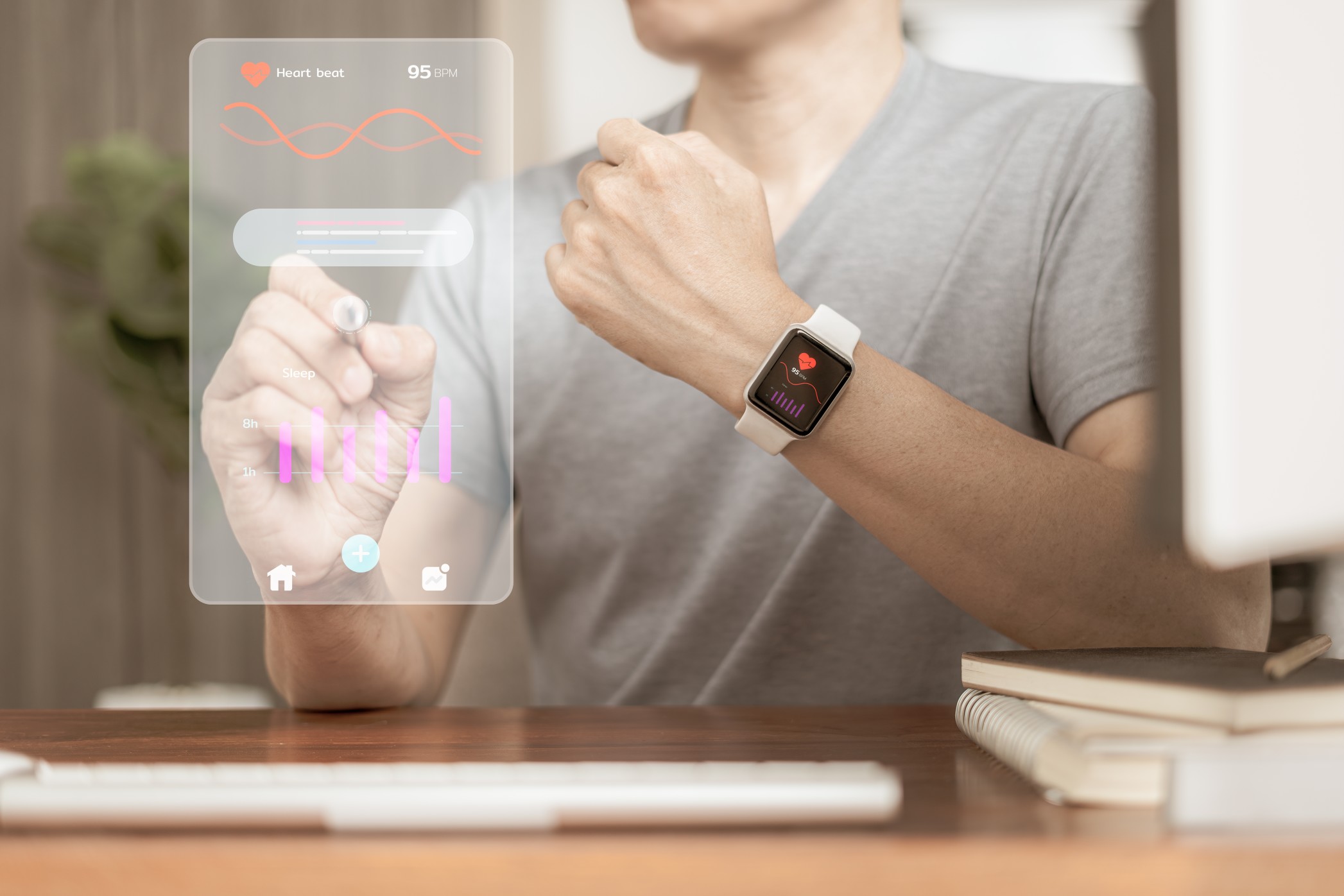Wearables (also known as wearable technology, wearable devices or just wearables) are technology that is worn on the body, which includes watches and other devices. These can come in forms like smartwatches and fitness trackers. Wearables are not a very new concept but wearable devices are still evolving.
Wearable devices are the next big thing. While this is not very new, wearables that work in healthcare is still new to many. In healthcare and related fields wearables are used to track the health data of patients to improve care and make better decisions for treatments.
Wearable fitness gadgets have been around for a few years, but most have been designed to track basic health signals through sensors such as heart rate and steps walked. The emergence of wearables in healthcare is enabling patients with chronic conditions and clinicians to more closely monitor a range of health issues, and hopefully improve patient’s lives.
Statement of the Problem of wearable devices
The problem of wearable technology is far from being solved. A number of barriers have been identified for the market and a range of solutions proposed to overcome them. The following are the top 5 impediments of wearable devices:
- Interoperability
- Battery Issues
- Uncomfortable or Bulky
- Lack of Personalization
- Lack of Support ( Direction )
To determine the wearable device technology barriers, we used a variety of sources, including websites, blog posts and press articles. We also surveyed a subset of the various wearables product categories by asking users about their “most common” concerns. We did not use any third-party surveys to measure the size of the market for wearable devices.
We did not include any products or services that were not worn as a secondary accessory to a device like a smartwatch. Many people have the desire to have more control over their data, but many don’t want “naked” data for security reasons, so we made sure that most products included privacy controls on personal information (such as credit card numbers) and data collection was limited to what is necessary for your daily activities.
Barrier 1 of wearable devices: Interoperability
Interoperability is always an extremely difficult bottleneck. We need to acquire the health data, extracting it from different places and systems. It is crucial that the systems are able to connect and “talk” to each other to facilitate the transactional operation of exchange data sets in this case, health data. Also often, it is registered that after the data is exchanged, some discrepancies and fluctuations occur which can painfully compromise the overall quality of purpose of having good quality data.
Interoperability is an exchange of health data between different systems and healthcare providers. In the future, we envision that interoperability works seamlessly, but before this becomes reality there needs to be a lot more effort in sharing health data.
Barrier 2 of wearable devices: Battery Issues
It is registered that battery limitations are one of the main challenges with regard to Wearables Medical Devices. On average we can expect 4 or 5 full days of battery capacity in the main wearables in the marketplace. It is also possible that battery capacity can be increase with lower usage of the device, however for example clinical studies in the ideal world we need to measure and monitor a patient condition for continuously for several weeks, which makes very challenging to overcome and sometimes defeats the study in the first place.
However, there is hope you can encounter sensing medical devices that have longer battery lives with low cadence up to 30 days
Unfortunately, battery life can be a major impediment to the use of wearable devices in clinical studies. In the future, it would be great to see more products that are able to monitor patients in real-time while being reliably powered. However, this is not always feasible because of the increased energy demands of such equipment.
Barrier 3 of wearable devices: Uncomfortable or Bulky
Have you ever used a wearable device? If yes, then have you ever feel uncomfortable and irritated? You may have been looking for a better-looking wearable that could look real to be worn on your wrist. When the wearable has a dull and non-attractive appearance, how can someone use it for a longer period of time? Due to the body build and physical structure of some people, the wearable devices might pose discomfort to them. This is a very critical factor that people need to consider before buying it. Not only do they have to carry it, but they also have to make sure that it suits their body structure so that they can happily use it.
Many people reported that having a big and bully wearable device makes them uncomfortable and they are not happy with it. Due to this fact, they are more likely to dislike their wearable device and subsequently stop using it.
Barrier 4 of wearable devices: Lack of Personalization
What is seen in the marketplace right now is the one-size-fits-all type of Wearables. They have the same features , same functions and capabilities to everyone. Therefore, personalization is non-existent and hard to encounter. This will also reflect in the long-term engagement of usage. Sustainable usage is one of the major challenges, no usage , no data, no value.
In other words, Wearables are in the same situation as fitness trackers were a few years back.. So, what have we learned so far? Is creating a wearable product enough to succeed? Not really. There must be engagement and user’s emotions involved. Users will not use the product if they don’t see the added value to it.
Barrier 5 of wearable devices: Lack of Support (Direction)
Most of the time, I can even say this is always the missing link. It is not sufficient to provide wearable device instructions. Users need to be supported and guided to a successful user experience, where the device is not the center of their interaction, but the way they perceive their wearable in order to make the most out of it. So many wearable products are tossed in the trash just because they lack this one key ingredient: support. Wearables, like FitBit or smart watches should not be so complicated that users get frustrated with their usability and throw them away, unused! They will pay if you give them the support they need to use these complex devices.<
I strongly believe that Wearable Device manufactures are really missing the point here, by proving no support and very little guidance to users.
We are sure that health wearable technology is going to be relevant at the healthcare sector in the few years. Contact us for more relevant details. To find out more about how we can help you with your Digital Healthcare Transformation, Healthcare organizational growth, or Healthcare brand positioning, please get in touch via phone +44 (0) 203 3620421 or via e-mail: info@digitalsalutem.com





